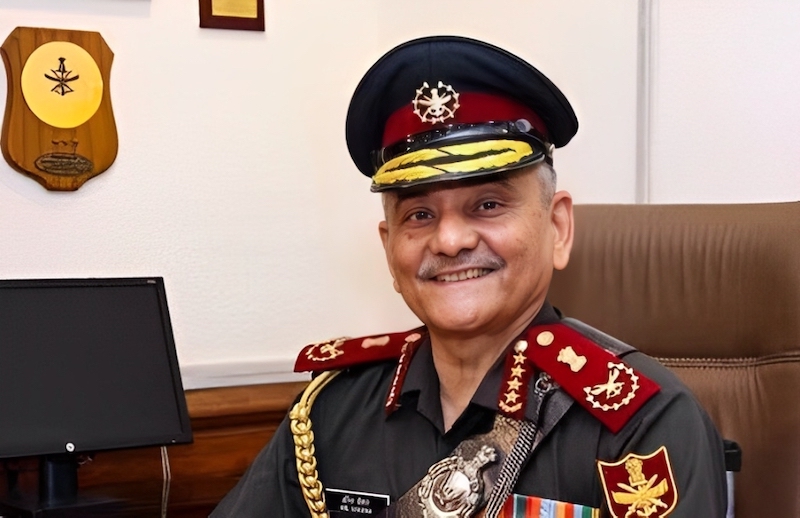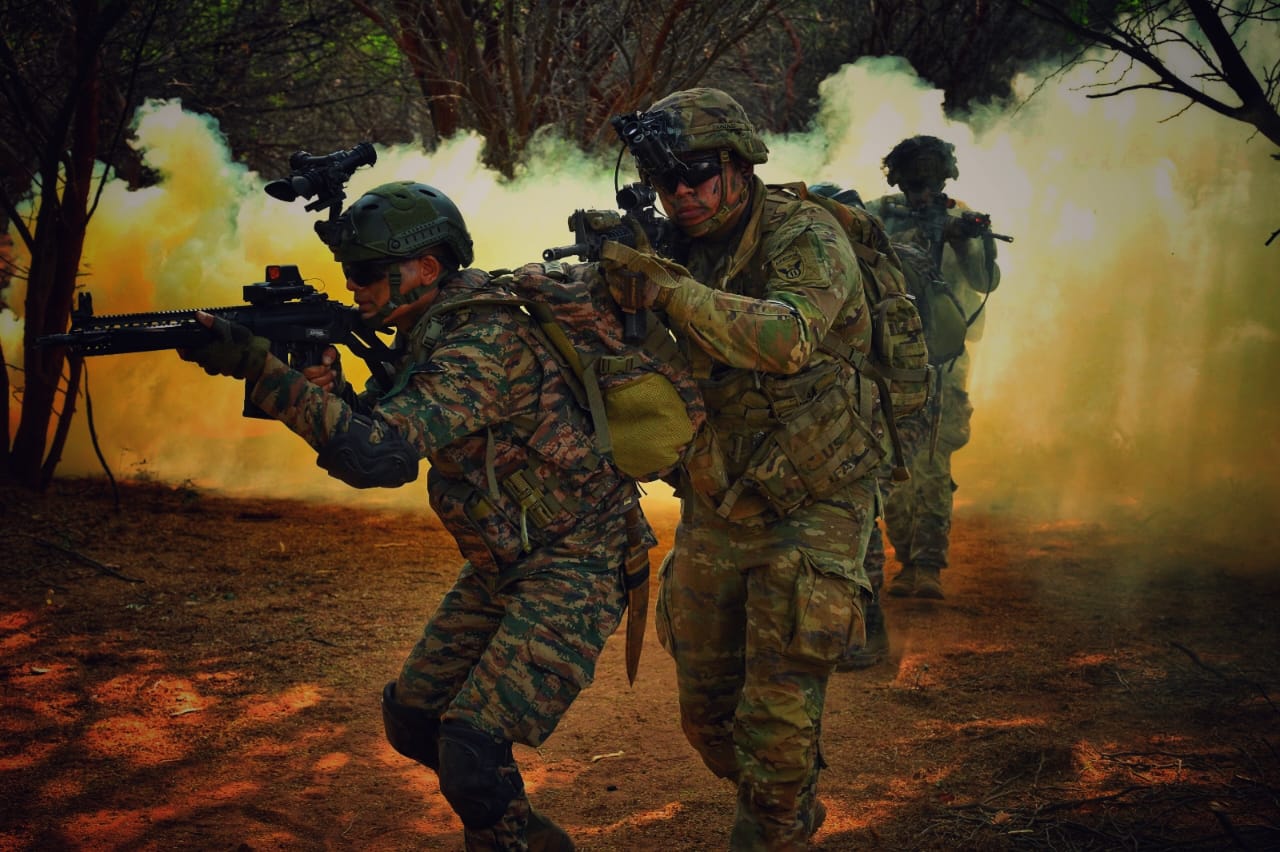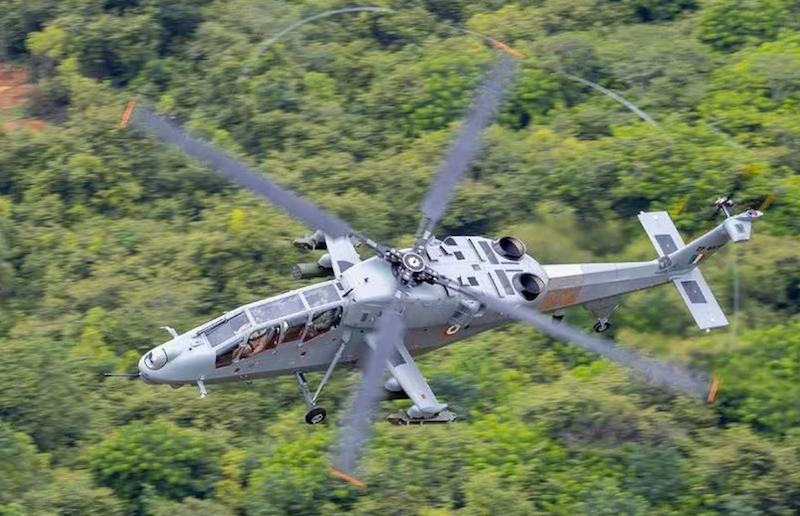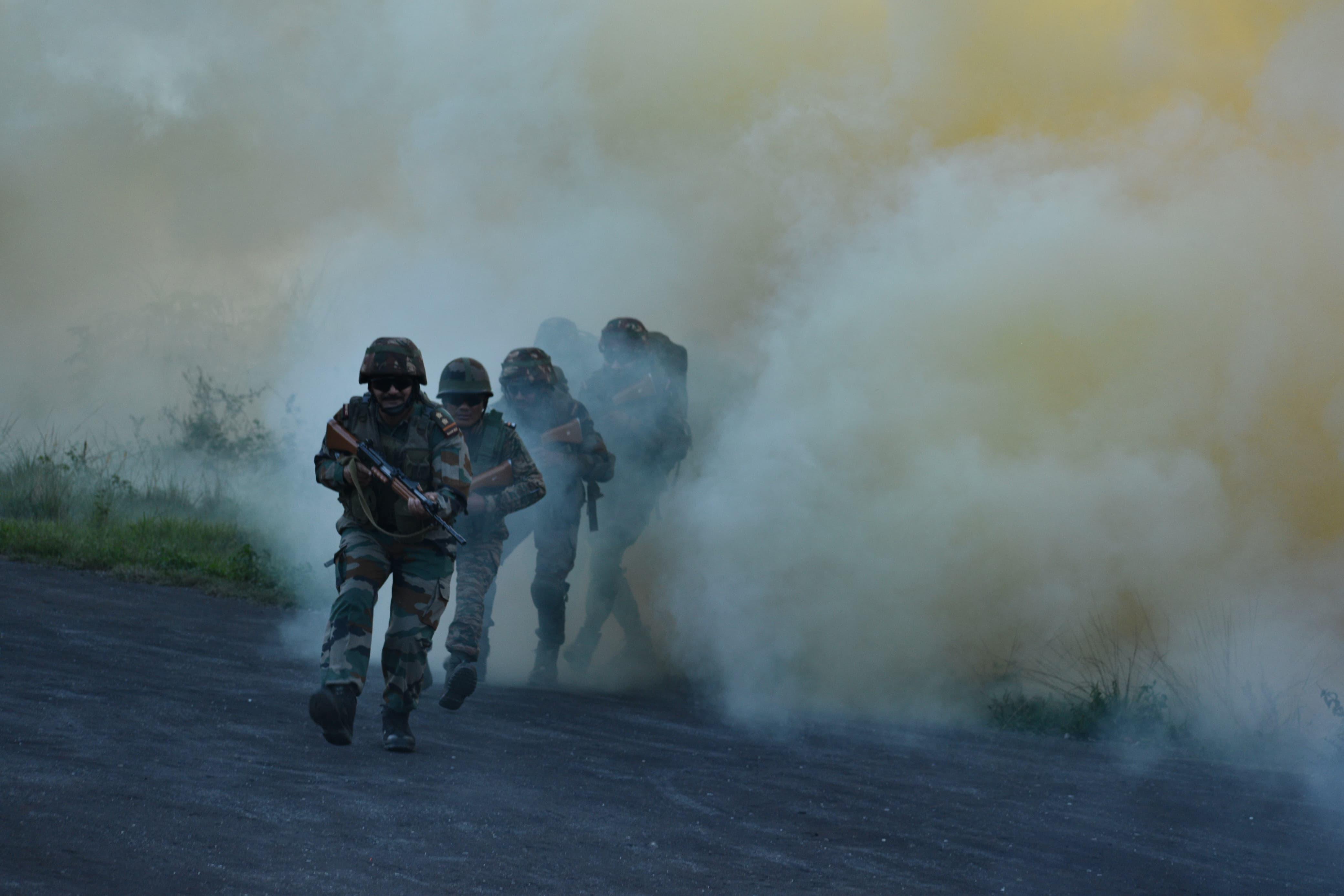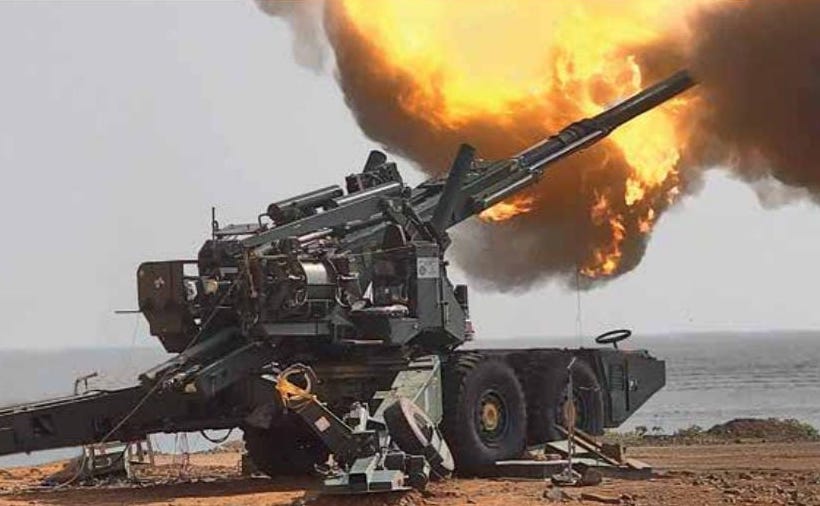 A VSHORADS being test-fired at the Integrated Test Range, Chandipur, Odisha. (Photo: Defence ministry)
A VSHORADS being test-fired at the Integrated Test Range, Chandipur, Odisha. (Photo: Defence ministry)
New Delhi: India has achieved a significant milestone in its defence capabilities with the successful testing of its indigenous very short-range air-defence system (VSHORADS). The test-firings were carried out on Wednesday and Thursday, the defence ministry said in a release. Designed to neutralize low-altitude aerial threats, this man-portable missile system has the potential to enhance India’s air defence posture.
The first test-firing of this short-range air-defence missile system was carried out in September 2022, as India Sentinels had reported. These tests are typically carried out at the Integrated Test Range, Chandipur, off the coast of Odisha.
The VSHORADS has been designed and developed by the Research Centre Imarat (RCI) in collaboration with other DRDO and Indian industry partners. The missile incorporates novel technologies, including miniaturized reaction-control systems and integrated avionics. These innovations have been successfully proven during the tests, ensuring optimal performance.
Propelled by a dual-thrust solid motor, the VSHORADS is specifically designed to neutralize threats at short ranges. Its efficient design, including the launcher, ensures easy portability for ground-based deployment.
The defence minister, Rajnath Singh, congratulated the DRDO, the Indian Army, and the industry involved in the successful development trials. He emphasized that this new missile, equipped with modern technologies, would provide a significant boost to India’s armed forces.
In January 2023, the Rajnath Singh-led Defence Acquisitions Council approved the procurement of infrared homing VSHORADS missiles at a cost of ₹1,920 crore. These indigenous missiles are expected to fill operational gaps as India continues to address security challenges, including the ongoing military confrontation with China in eastern Ladakh.
While the VSHORADS system strengthens India’s air-defence capabilities, the armed forces are also inducting a limited number of similar Russian systems as an interim measure.
Army concludes annual anti-tank missiles field firing
Meanwhile, The Eastern Army Command concluded its annual field firing of anti-tank guided missiles (ATGM). The firing of these missiles in war-like conditions was conducted at the Teesta Field Firing Range in West Bengal’s north from February 20 to February 28.
 A soldier firing an ATGM from a vehicle. (India Sentinels photo via special arrangement.)
A soldier firing an ATGM from a vehicle. (India Sentinels photo via special arrangement.)
Over 1,500 personnel from different units of the infantry and mechanized infantry battalion participated in a high-level training exercise.
The firing drills were carried out under the auspices of the Siliguri-headquartered XXXIII Corps, which is also known as Trishakti Corps. During the field-firing period, over 260 missiles launched to achieve the goal of “one missile, one tank”.
 A soldier firing an ATGM. (India Sentinels photo via special arrangement.)
A soldier firing an ATGM. (India Sentinels photo via special arrangement.)
These exercises were conducted with a focus on tactical scenarios encountered on the battlefield, where tanks play a crucial role. The ATGM detachments practised firing from various modes, adapting to the tactical situation. This included firing from different vehicles, including the recently introduced indigenous light strike vehicle, as well as ground-based detachments. Additionally, the engagement of targets by detachments inserted via helicopters was also practised.
 Army personnel who participated in the annual ATGM firing at the Teesta Field Firing Range. (India Sentinels photo via special arrangement.)
Army personnel who participated in the annual ATGM firing at the Teesta Field Firing Range. (India Sentinels photo via special arrangement.)
The general officer commanding of the XXXIII Corps, Lieutenant General VPS Kaushik, observed the firing exercises. He commended the troops for their professionalism and operational readiness, urging them to strive for excellence in this vital weapon system.

